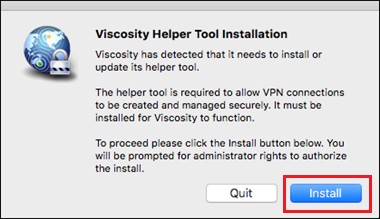

Type the word push into the available window and click “Continue” to send a push notification to your MFA device (usually your phone).Īpprove the login on your second-factor device. If you are enrolled with Duo (the Mines multi-factor authentication service), you will now be challenged to verify your identity. Make sure the drop-down button says “Login” rather than “Connect,” which is not supported at Mines. In any web browser, navigate to and enter your MultiPass credentials. Users of the Mines Multi-Factor Authentication (MFA) service - known as Duo - will need to further verify their identity when (1) logging into to download a user-locked profile or other files or (2) when starting a VPN connection. If you are also using Multi-Factor Authentication (MFA) to further protect your Mines accounts - and good for you if you are! - please see the instructions, below, for logging into or the Mines VPN with MFA. Start your VPN connection and enter your Mines MultiPass credentials.

Your new user-locked profile is included as part of the download in this case.
#Viscosity vpn setup install#
Install the VPN client with your administrative account, replacing the older version. On the device in question, login to with your Mines MultiPass credentials and download the OpenVPN client for Windows or macOS. Connect to the VPN and enter your Mines MultiPass credentials.įor those with administrative rights to their Windows or macOS computer, another way to update your VPN client follows. Import your user-locked profile into your OpenVPN client in the usual way. Login to with your Mines MultiPass credentials and download your personal user-locked profile. (Those without administrative credentials on their computer may be unable to do so. On the device in question, make sure your version of OpenVPN is fully updated via the usual App Store or software repository, if possible. WINDOWS, macOS, LINUX, ANDROID, AND iOS INSTRUCTIONS
#Viscosity vpn setup how to#
Here’s how to update your VPN connection there. Many people at Mines use the OpenVPN client - especially users connecting via Linux, Android, or iOS devices. IF YOU ARE NOW USING THE OPENVPN CLIENT FOR WINDOWS, macOS, LINUX, ANDROID, OR iOS


 0 kommentar(er)
0 kommentar(er)
